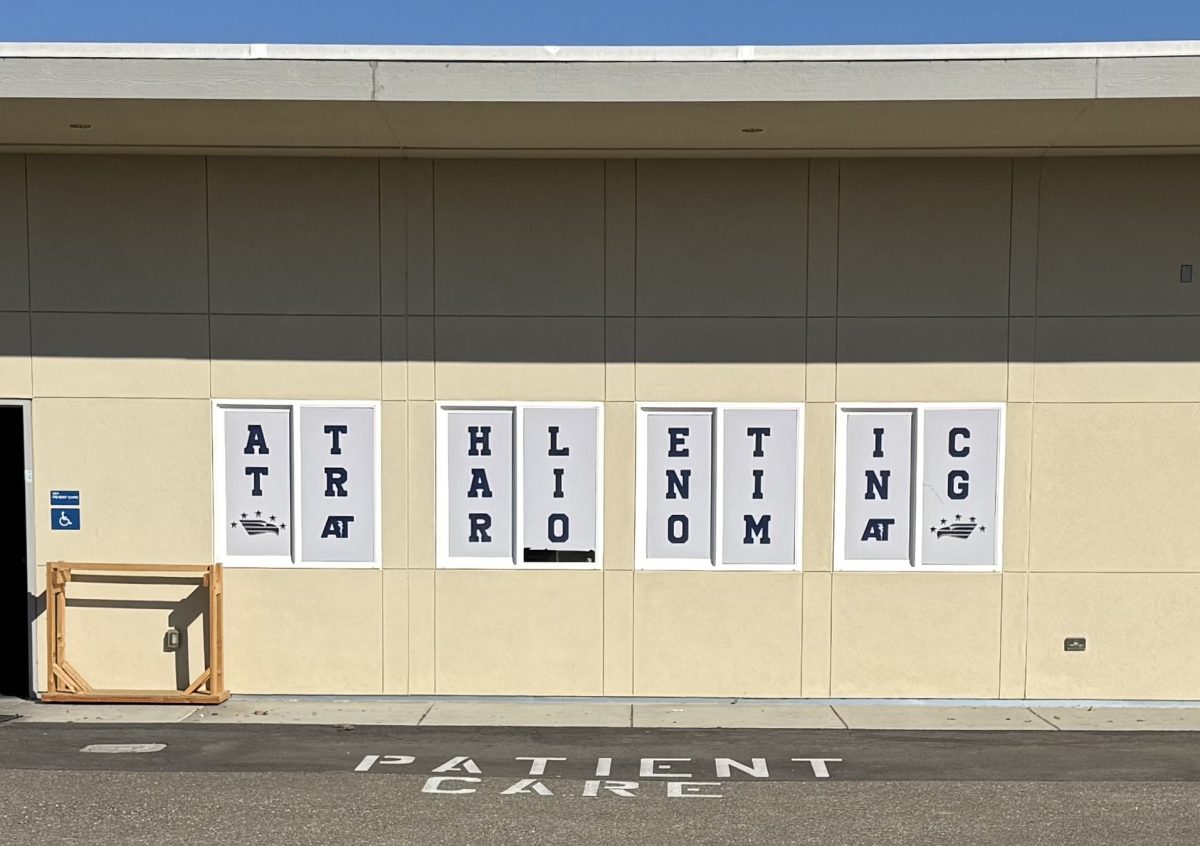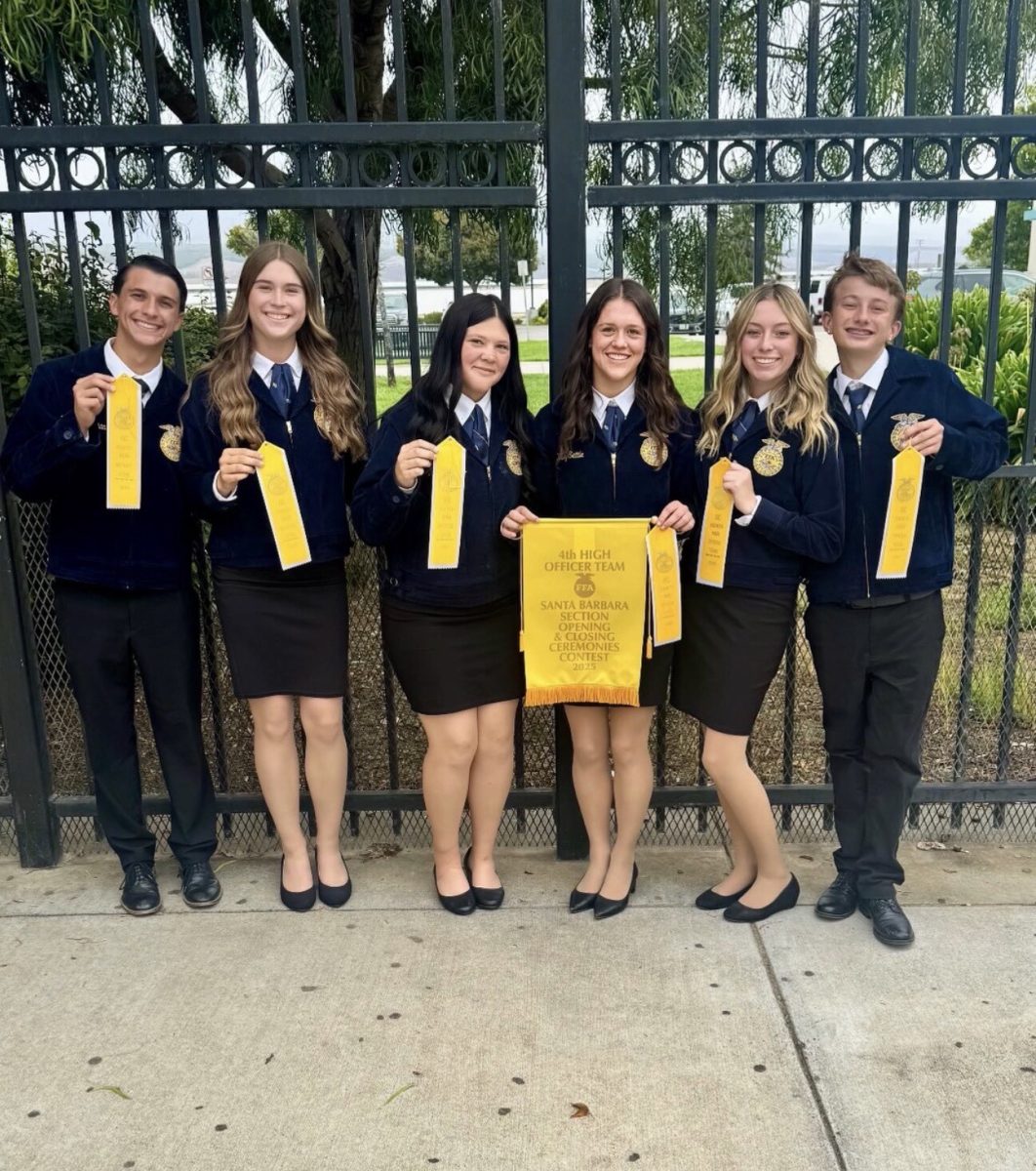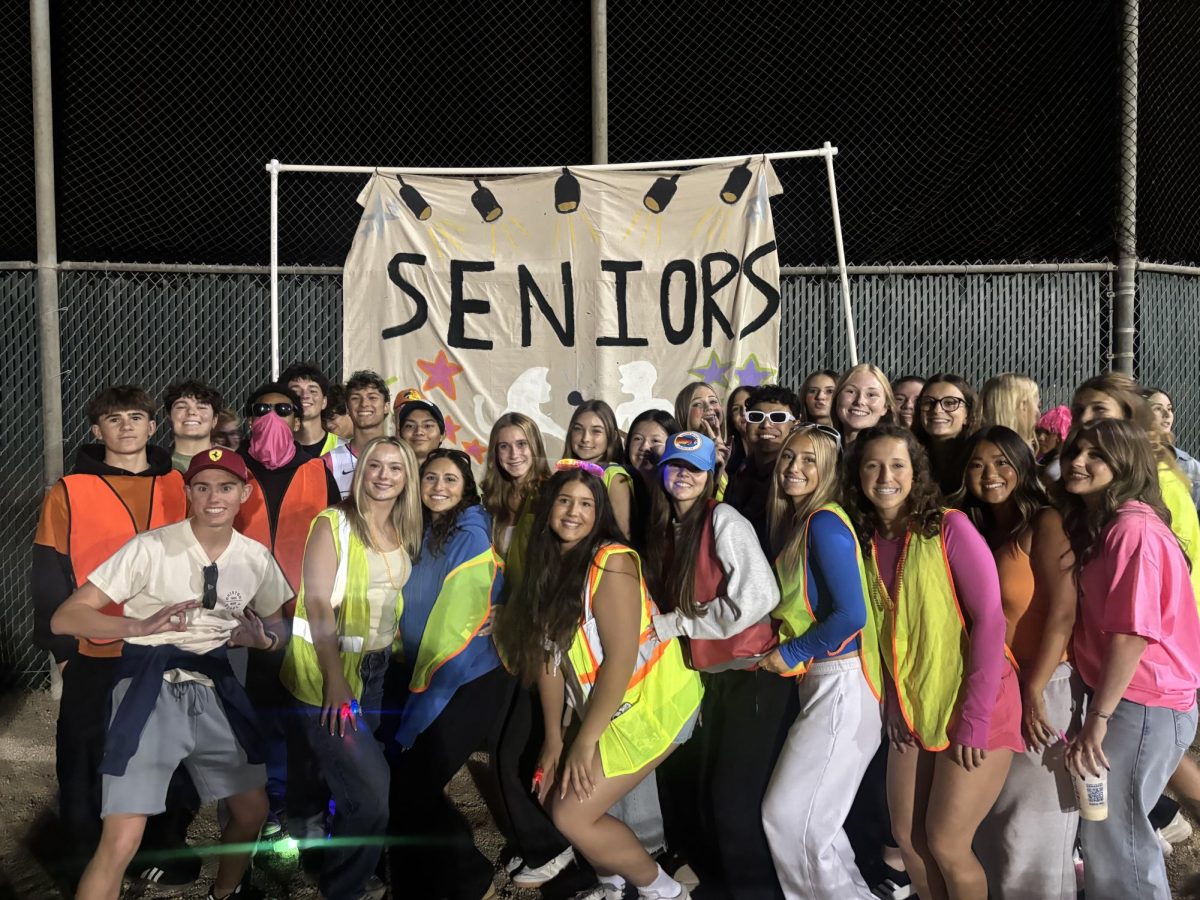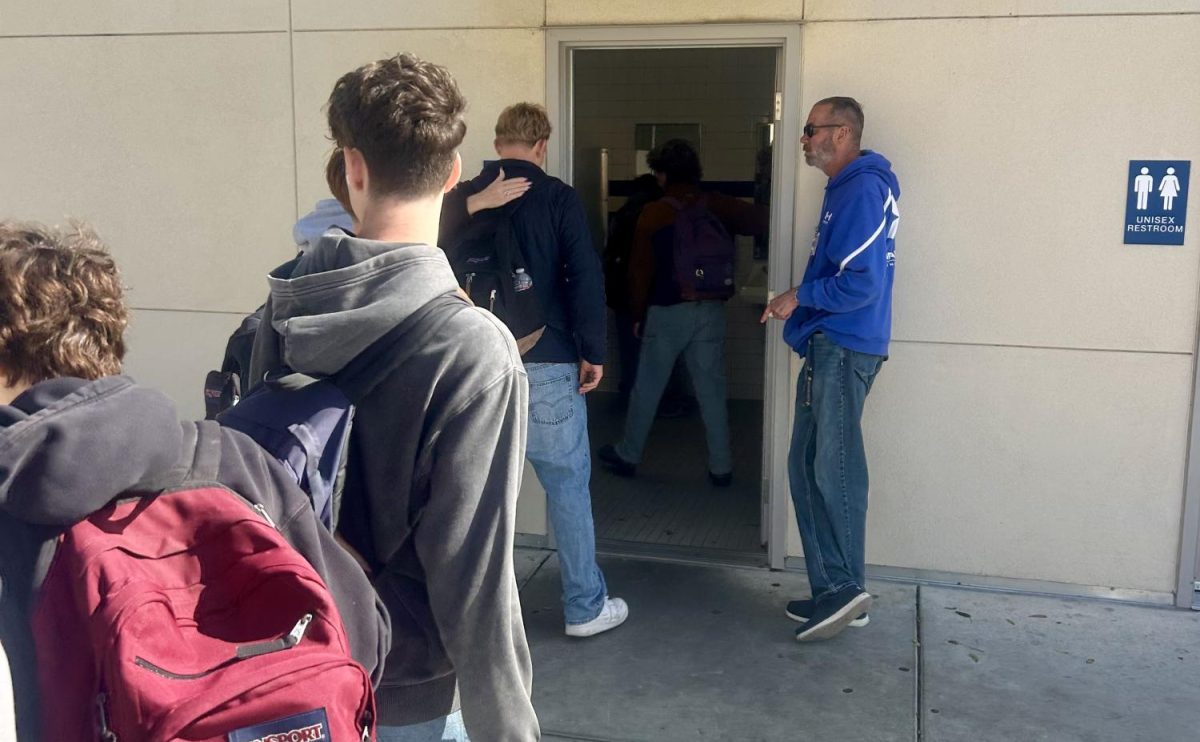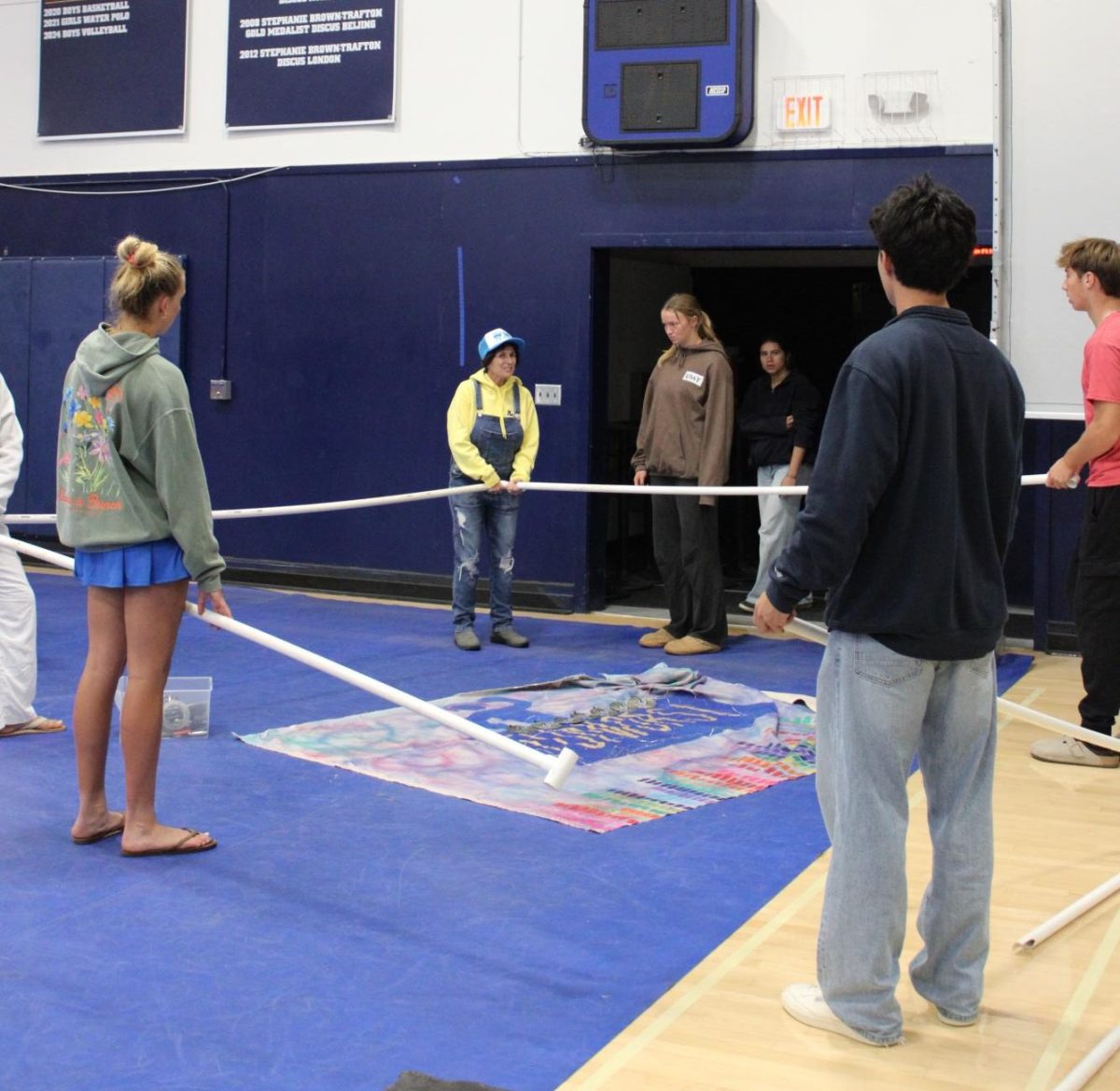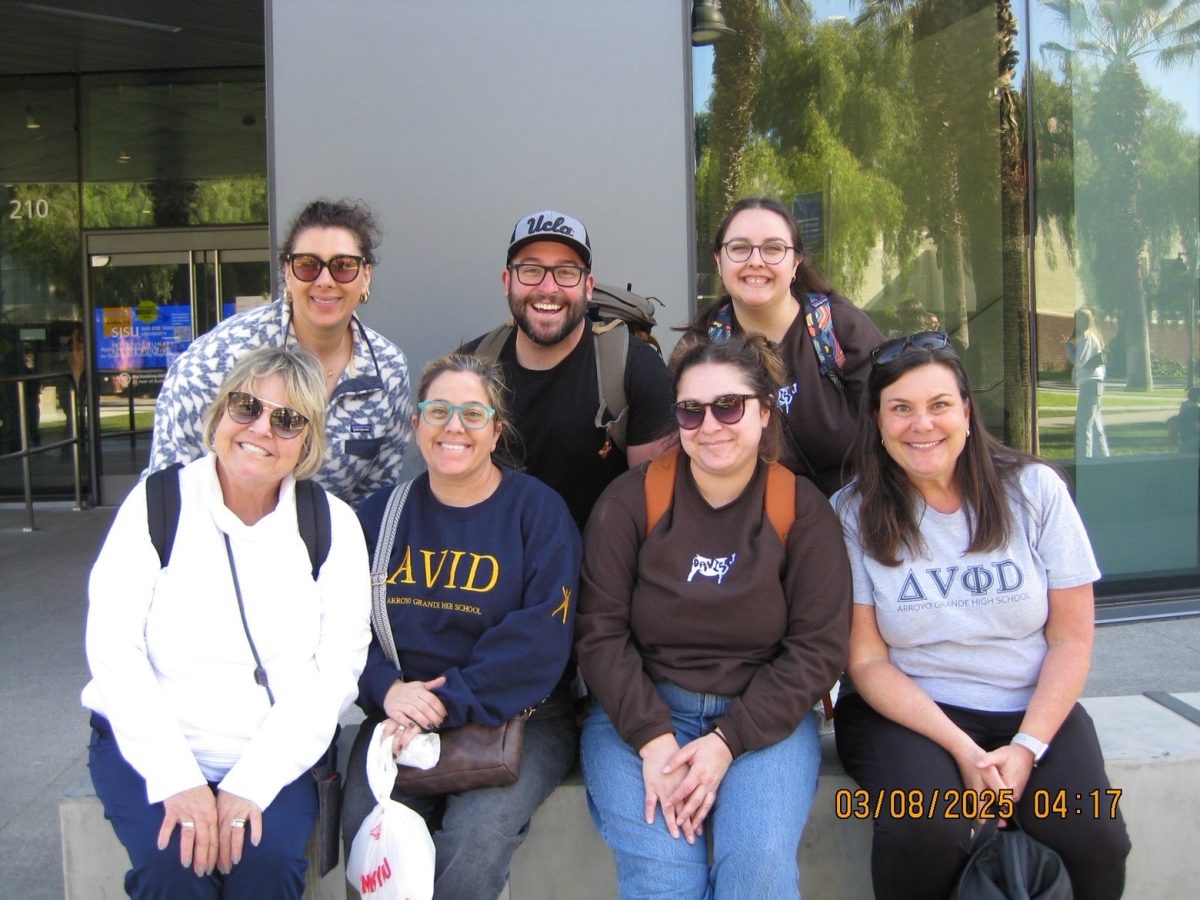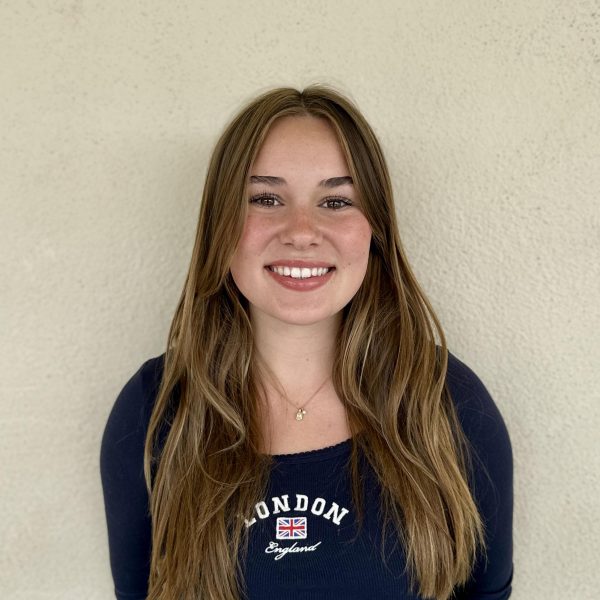Thirteen years ago, athletes were getting their ankles taped in a 10 by 10 foot abandoned janitor’s closet; today, their treatment begins in a 2,000-square-foot athletic training room and classroom that teaches a new generation of medical students. The evolution of Arroyo Grande High School’s Athletic Training Program started with Athletic Trainer (AT) Matt Quijano and supporters who worked with him to build the program to what it is today.
The basis of Quijano’s journey to becoming an AT stemmed from his family’s history in the medical field. Yet in college, he didn’t go directly into the medical pathway and tried multimedia arts, but quickly learned that it wasn’t for him. Then, he went to an athletic training meeting and found the spark he was looking for.
“They had everything I was looking for as far as being a family and being around sports and medicine and all those things, and from there it just lit a fire in me and I’ve been with it ever since,” Quijano said.
Quijano’s education to become an athletic trainer involved many different programs, and is still ongoing.
“I started at Chapman, got a B.S. in Athletic Training. Then I went to Chico and got my Master’s in Kinesiology with an option in athletic training education,” Quijano said. “Now I’m also working on my doctorate in Athletic Training.”
His doctorate furthers his research on the treatments that he does, and also involves “learning new techniques” on how to better his practice.
“Practice wise, I’ve learned some really cool techniques that get immediate results,” Quijano said. “I can do acupressure now. I can do PRRT, which is primal reflex release technique. I can do neurodynamics, so I do a lot of nerve treatments.”
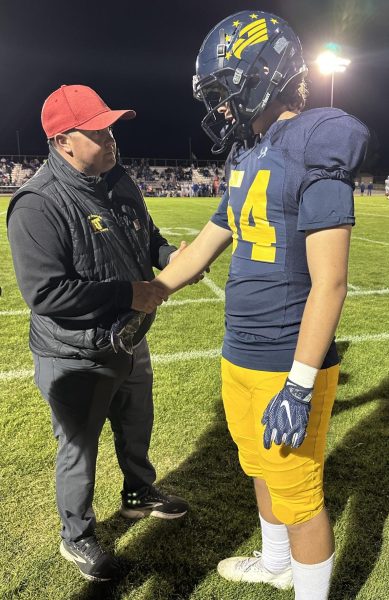
With the new treatments and techniques that he’s learned, there’s been a noticeable decrease in recovery time for injured athletes.
“We’ve had a significant number of concussions, but they’re getting better faster because of some of the systems that I have and some of the treatments that I’m able to do,” Quijano said. “[There are also] a lot less long-term muscle issues. They come in, we treat them, and they pretty much don’t come back.”
Head Varsity Football Coach, Stephen Field, also noticed an improved recovery for athletes.
“It appears that we’ve gotten some kids returning quicker than I think what some of the traditional methods have [given],” Field said.
Field was originally the Athletic Director at AGHS from 2017 to 2022, and came back this year after being the Head Coach at Nipomo High School. He worked with Quijano during his previous time here, but has a more “collaborative relationship” with him now.
“[The Athletic Department is] not much different now. [AGHS has] been a super successful athletic department,” Field said. “[Quijano] works hard to give our athletes the best care that he can and then keep them safe.”
Field believes that AGHS’s athletic training program is “top tier,” but there is always room for improvement.
“I would love to see him get some more help and support in terms of people being able to come alongside him and assist, and things like that. I think it’s [a] great experience for people,” Field said.
On the football field, it is just Quijano, though he has gained another teacher working in the classroom portion of the Athletic Training Program. Teacher Alli-Kay McDonald used to be the head of the Nutrition Department at French Hospital, but is now the Intermediate Patient Care teacher at AGHS.
“I’d worked in the hospital in the acute care setting for nearly a decade, and loved it. But I was ready for a new challenge,” McDonald said.
Although teaching in a high school was new for her, the aspect of teaching wasn’t. She also came from a background of teaching like Quijano.
“I taught before, [at] Cal Poly [for] students through their dietetic internship,” McDonald said. “I [also] grew up in a family of teachers, and then my husband [is] a teacher.”
Though it wasn’t just her background that inspired her to take on this position.
“We really need good healthcare practitioners in [our] area. And I thought, well, we can start young,” McDonald said.
McDonald teaches intermediate patient care not only at Arroyo Grande High School, but also at Nipomo High School. She starts her day there and then shifts to AGHS in the afternoon. Although it is the same curriculum, there are a few differences based on students’ preferences that she added.
“At the beginning of the school year, I had students research different career pathways,” McDonald said.
Based on what the students were interested in, she shifted the focus to certain units while also keeping her students on track with the basic curriculum that they need to know.
“At Nipomo, I have a lot of students who are more interested in trade school type routes. Not going to a 4-year university,” McDonald said. “For instance, we’re going through Anatomy and Physiology right now, I’ve gone in a little bit more depth on certain things [at AGHS] and a little bit more depth on certain things there that apply to those different fields.”
Although this is her first year working at AGHS, McDonald already had ideas of ways the program could advance. She said that Patient Care could collaborate with the Culinary CTE Pathway on addressing the importance of nutrition and how to prepare the best food to put into the body. She also hopes to bring more options to the patient care pathway for students, but that requires more help.
Quijano has similar hopes, also noting that more staff are needed for the program.
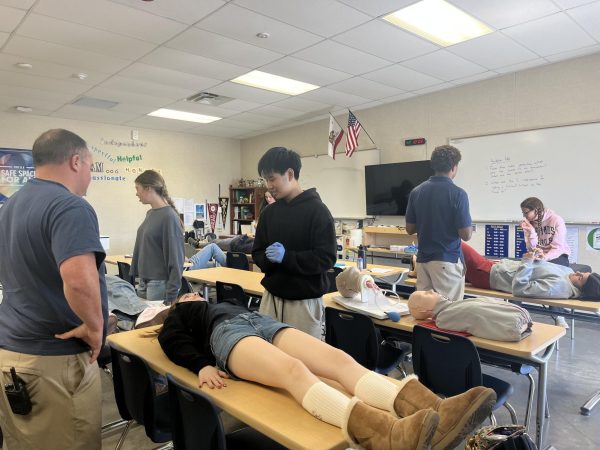
“[I would like to] continue to grow certifications that can be achieved, offer more periods, and bring back clinical practices,” Quijano said. “That’s hired help and athletic trainers and that kind of stuff. If I had additional help that way, this program could have all kinds of [advancements].”
Quijano has built the program up to what it is now with the help of many others, including administrators, CTE directors, and his father, who helped him build some of the first taping tables. It took a lot of the community to get where the program is now, and by the opinions of people involved, it will take even more to keep the program advancing for the students.

